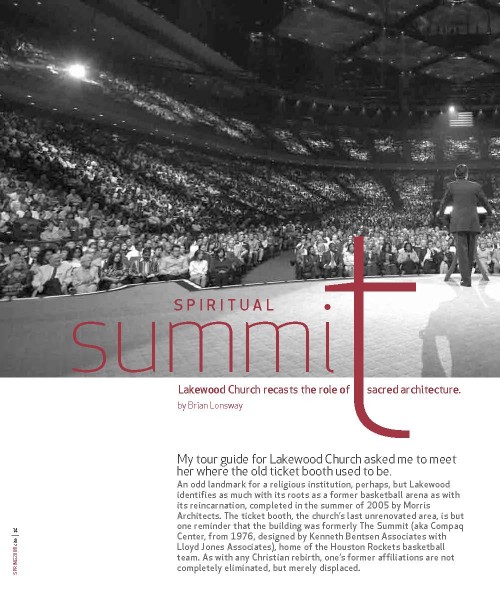Anne Friedberg The Virtual Window Pdf Creator

Anne Friedberg, The Virtual Window: From Alberti to Microsoft. Cambridge: MIT Press, 2006. ISBN: 978 0 262 06252 7 US$34.95 (hb) 448pp (Review copy supplied by MIT Press) What counts for the orientation of the spectacle is not my body as it in fact is, as a thing in objective space, but as a system of possible actions, a virtual body with its phenomenal ‘place’ defined by its task and situation. The Cool Lupe Fiasco Free Mp3 Download. My body is wherever there is something to be done. (Maurice Merleau-Ponty, Phenomenology of Perception) For the philosopher, Maurice Merleau-Ponty, we never simply live embodiment as an abstract object within the world – the body is, rather, the fleshy grounds by which we can be said to have and interact with a world, through both real and virtual registers. As Vivian Sobchack writes, the body that informs the work of Merleau-Ponty is the phenomenological concept of the lived-body, indicating how embodiment must always be lived “at once [as] an objective subject and a subjective object: a sentient, sensual, and sensible ensemble of materialized capacities and agency that literally and figuratively makes sense of, and to, both ourselves and others” (italics mine). In detailing how we experience space, for instance, Merleau-Ponty evocatively suggests how subjective experiences of the body-in-space entail a kind of physical negotiation between the realms of the actual and the virtual.

Anne Friedberg The Virtual Window Pdf Free. 7/11/2017 0 Comments Interview Questions and Answers, Job Interview Tips, Advice, Guide. Create a free website. (Paul Virilio, 1993 interview: 'Architecture in the Age of its Virtual. Virilio's screen: is it a cinema. Of visual culture 3(2). Figure 1 Tokyo screen. Photo: Anne Friedberg, 2000. The architectural metaphor 'the cathode window' began to appear in many of Virilio's interviews in the period soon after the. Anne Friedberg The Virtual Window Pdf Editor. PROFESSIONAL LIBRARY SOURCES Library science information for professional reference librarians and.
According to Merleau-Ponty, a ‘virtual body’ exists alongside the lived-body, waiting to be actualized in space. “Consciousness is in the first place not a matter of ‘I think that’ but of ‘I can’”, he writes, for it is reliant upon a system of possible virtual actions (that of ‘I can walk, run, reach, grasp, speak, gesture, along with a thousand other intricate acts’) that can then be literalized by its corporeal base; indeed, it is through the dynamics of the lived-body and “by virtue of motility, [that] each [virtual] ‘there’ can become, hence potentially is, a [concrete] ‘here’ [and] space appears as the horizon for a multiplicity of possible movements, expressions, projects”. If, for Merleau-Ponty, the lived-body is the phenomenological constant by which we negotiate between actual and virtual possibilities of space, then, for Anne Friedberg, it is the representational space of the ‘virtual window’ that has provided the formal constant of many centuries of diverse visual entertainments. In her stunningly researched study, The Virtual Window: From Alberti to Microsoft, Friedberg examines the ‘virtual window’ as a densely laden metaphor and a historic visual practice.